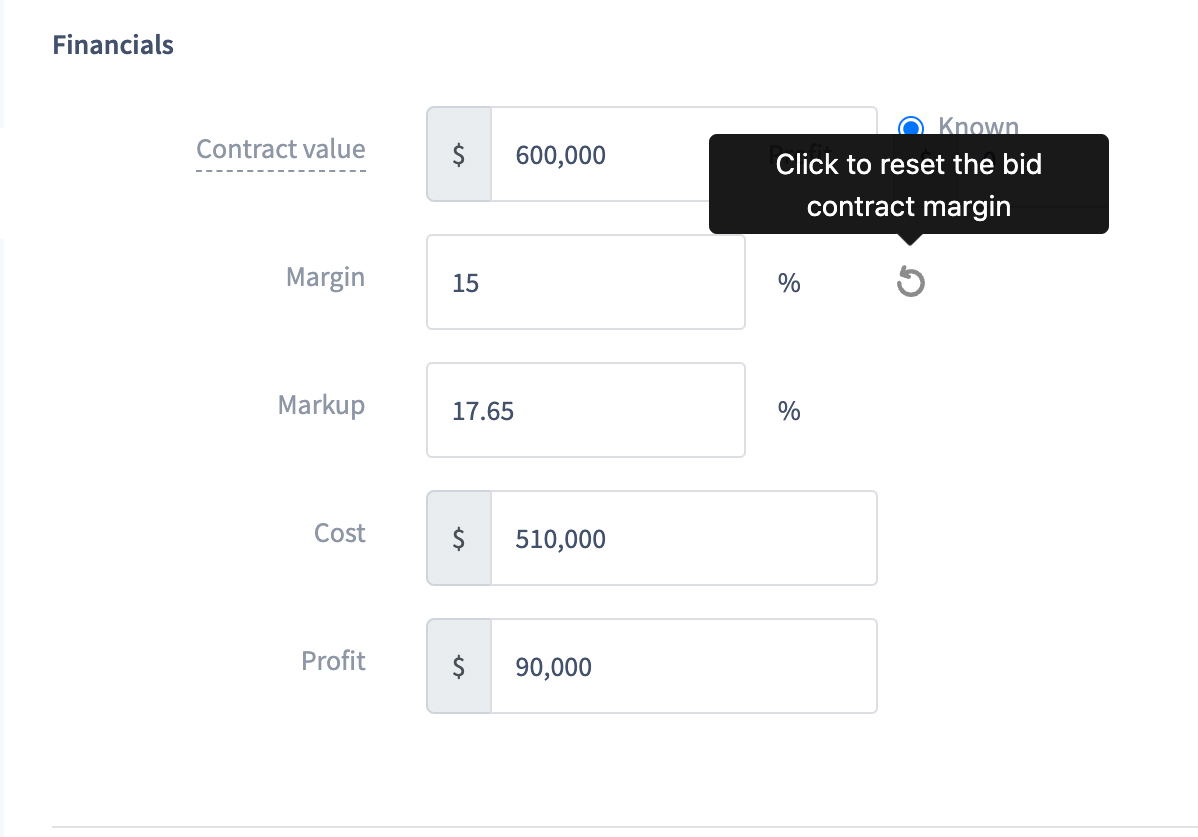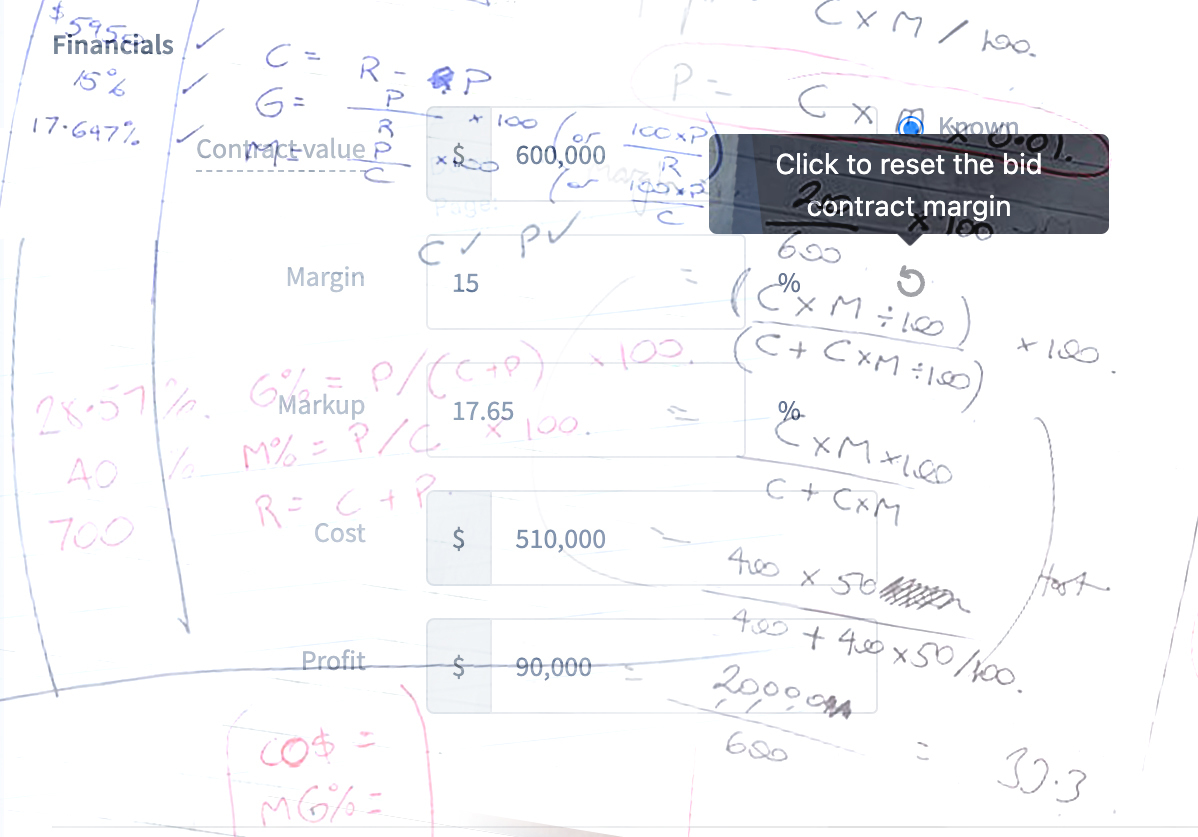How do you reduce price risk and the winner’s curse in competitive bidding?
General contractors live or die by their estimates, overheads and profit margins which is why price risk in bidding should be anything but an afterthought. Within the construction and infrastructure sector in particular, competitive bidding has long been used as a method for contractor selection.
As the true cost of construction and hard/soft infrastructure delivery is not known until the completion of a project, contractor selection and the risk of selecting a winning bidder that has underestimated the cost of the contract is a major concern in procurement.
This can lead to the winner’s curse, a term that refers to the difference between the lowest and second lowest bid, and the consequences of the bid price being too low to cover the costs including a reasonable return.
If contracts are potentially cursed from the start, how can estimation accuracy be improved to reduce price risk in bidding?
Strategy #1 – Avoid pricing low to secure the project
In industries that need to scope requirements and estimate the value in advance during the bidding process, bidding too low can lead to low profitability and cash flow problems that can also have an adverse effect on the customer.
Major projects, or major programs of work, will play a key role in getting nations back to work and in repairing the economic damage from COVID-19. Bent Flyvbjerg, a professor at the University of Oxford who studied project data from across 20 nations in five continents, found that the average cost overrun of infrastructure projects was substantial, with 92% of projects reporting overruns of their scheduling estimates and original cost (ranging from 20.4% to 44.7%). Despite the evidence, no significant systemic improvements to mitigate the failures have been adopted to prevent further recurrence.
To compensate for the winner’s curse, contractors may try to remedy their losses by lowering quality of work, reducing their staffing, or making variations and change orders that risk the three ‘D’s of contract doom – dispute, delay and debt. In short, the submission of abnormally low pricing can give rise to significant legal issues, including the risk of insolvency.
Strategy #2 – Account for overheads
Public tenders are an important tool to stimulate competition between suppliers, and ideally, it is not meant to be about price alone. Unfortunately, many contractors approach bidding as a ‘guesstimate’ by pricing their work low enough to beat the competition at whatever customers will pay. However, not knowing what it takes to cover your actual project costs, overhead and profit results can leave a lot of money on the table.
The solution should – under legislative requirements – deliver the best option to fulfil the conditions of contract by demonstrating greatest value for money (eg. the right quality, fit for purpose, with the right experience and performance history, environmentally sustainable and the best whole-of-life cost option). Factoring a percentage against project costs to cover head office or administrative services, including the cost of bidding, is usually an apportionment (by way of example, it might be 2.5% to 10%) decided by management as part of a management policy.
Strategy #3 – Track your bid data
Implementing technology to digitize your efforts while keeping everyone continuously connected has the potential to improve the likelihood of a successful bid and project (and it can keep your sanity!).
To reduce price risk in bidding, using bid data from previous projects to estimate the margin and markup for each subsequent project is one of the best business metrics you can track to achieve successful project outcomes.
Capturing and analysing lessons learned, price variations and final contract values of not just your own projects, but also of the projects you lost and sharing this with your bid team will improve the business case and front-end design engineering that would contribute to more successful, cost-efficient projects.
To reduce industry exposure and the risk of the winner’s curse (and inspired by our construction and infrastructure customers), Bidhive now features a margin and markup calculator to help contractors find out their real revenue, based on their known cost and target profit margin percentage.
All you need to do is enter two values into the cost / margin / markup / revenue / profit fields and the calculator will auto-update all other inputs. There are 20 possible calculations which can alter the result.
The construction and infrastructure sector is booming, so bid smarter and focus on value so that you achieve the profit margin you need to perform!
Know your numbers are right to bid and win more profitable work with our margin and markup calculator.

Above: By using Bidhive’s margin calculator you can fill in any two fields to start calculating the remaining fields.


